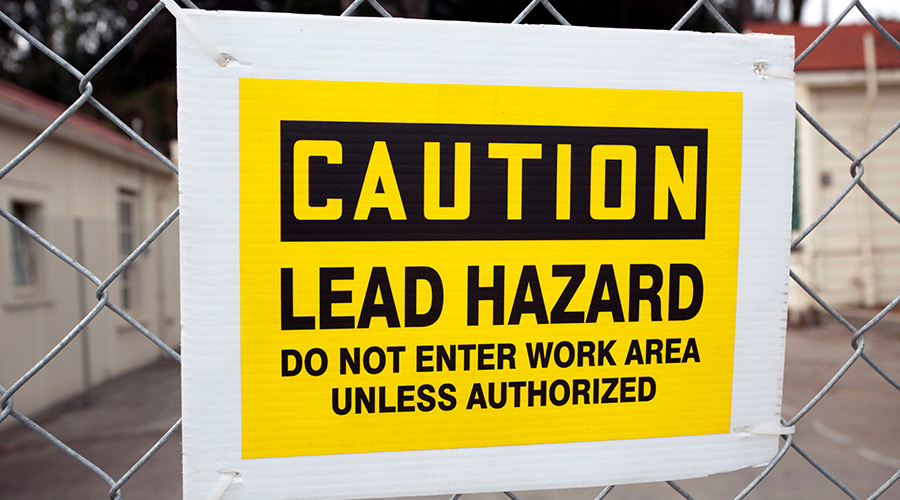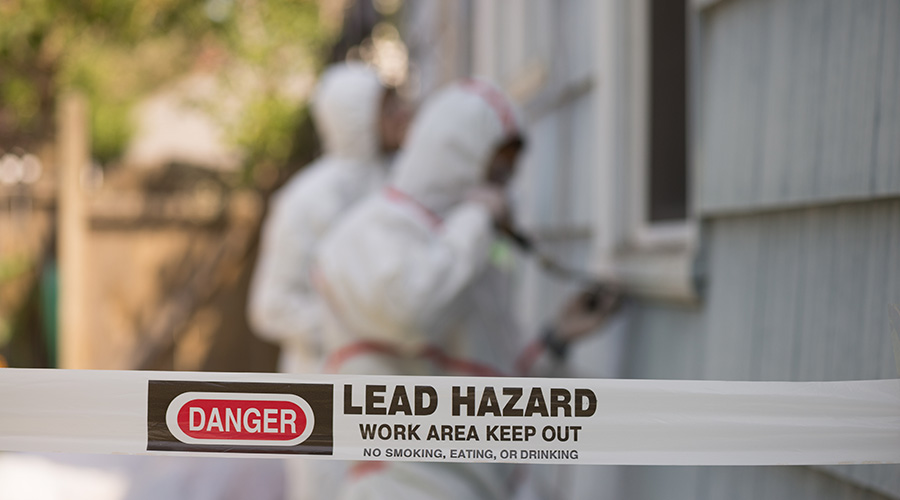Asset Management: How to Take Stock for Safety
A comprehensive assessment of facility systems and equipment has become critical for effective maintenance in the COVID-19 world.
An accurate inventory of facility-related systems and assets creates a cycle of influences in institutional and commercial buildings. By accurately accounting for assets, maintenance and engineering managers can implement effective maintenance strategies. An efficient maintenance program drives down time and labor costs and extends equipment life cycles. In turn, life cycles affect capital planning and reinvestment via facility condition assessments.
Before March 2020, this cycle of influences shaped managers’ ability to provide a comfortable, safe and efficient environment. But in the COVID-19 world, an accurate, a detailed asset management program provides something completely different.
Identify critical assets
When COVID-19 struck, states implemented stay-at-home-orders. Only critical personnel went to work. Many facility executives trying to prioritize their organizations’ resources and activities asked managers, “Which systems are critical to life safety and need to be maintained?” Shortly after, the Centers for Disease Control and Prevention provided recommendations for facility systems to help mitigate the spread of the disease and other potential facility-related issues. Immediately, facilities and campuses began reviewing the details of their systems and assets to answer these questions or made plans for a makeshift inventory.
Depending on facility age and condition, managers can choose from several approaches to accurately inventory, categorize and account for equipment and assets. A one-size-fits-all application does not exist. Maintaining accountability of assets presents uncommon challenges. Some buildings and systems are long-past their intended useful lives while others maintain a high-tech footprint that represents a focus on the future.
Regardless of the complexity and mix of buildings and equipment, institutions now understand the importance of leveraging processes that track and maintain systems in order to ensure optimal working conditions.
The keys to maintaining facilities and equipment center on a system of maintenance — preventive, predictive or run-time based, but most often reactive. To build a successful maintenance program, managers have to understand the systems and equipment they have and identify the specifications or classifications of the equipment and systems. Then they need to actively execute a system to monitor and maintain readiness. One critical early step to achieve this goal — often overlooked and commonly assumed to be adequate and even more challenging to successfully execute — is verifying and accounting for equipment and assets.
Planning and executing a campuswide inventory of systems and equipment can be overwhelming. The starting point lies somewhere between determining must-have information and nice-to-have information. Managers who plan to send data-collection teams through buildings to verify maintenance systems and equipment need to capture the information on the first pass.
Verifying the location and existence of capital assets is cursory and does not provide much more than validation, but if data-support systems — CMMS, facility condition assessments, etc. — provide robust functions based on data input, a successful inventory can yield a treasure trove of useful data that managers can apply in crisis and non-crisis situations.
The most challenging part of an organization-wide CMMS asset inventory is the preparation and discussions held long before anyone accounts for the first piece of equipment. A successful inventory should include setting a goal, assembling the team, defining opportunities, and then implementing the plan.
Using Data to Drive Maintenance
Completing a CMMS asset inventory gives maintenance and engineering managers countless directions in which to drive a maintenance program:
• Use the data collection to prioritize the importance of systems and focus maintenance resources.
• Associate asset-specific job plans and instructions with preventive maintenance records.
• Use knowledge of manufacturer models to curtail asset downtime by identifying equipment spare parts and stocking them ahead of time.
• Reduce repair costs by leveraging asset warranty information now readily available in the CMMS.
• Apply condition-based maintenance practices by comparing design performance with actual operating conditions.
Related Topics:














